What Is Flexible Duct Used For?
Understanding the uses of ducting is critical for anybody looking to oversee or install various forms of mechanisms that require an exchange or extraction of air. Flexible ducting is one common kind of ducting you can come across.
That’s why, in this blog, we will answer the question ‘What is flexible duct used for?’
With new buildings being made to be as energy efficient as possible, and the UK aiming for 95% of its electricity usage to be low carbon by 2030, it is imperative to understand how we can make the most of our ventilation. This is where MVHR units come in.
To prevent mould, fresh air should constantly be introduced into your dwelling daily, as it helps to regulate temperature and reduce condensation. Introducing fresh air can be as simple as having a ventilation routine, or installing extractors or MVHR units. Almost all of this is facilitated by ducting.
I-Sells is here to provide the answers you need whilst also supplying you with all the information you need to combat mould and have a well-ventilated home.
The purpose of ducting and ventilation
The purpose of ducting is simple, it is to give air a specific path to follow in order to facilitate functions that are required for effective ventilation. Without ducting, air becomes difficult to manipulate.
In some instances, ducting can be used to exclude harsh airborne chemicals that are present in various factories. Within the home, it can be used to aid extraction of smoke or smells. Or, it can be used in bathrooms to extract humidity or bad smells.
In homes, offices and public buildings, ducting can be used to facilitate air conditioning, as well as extraction, in order to maintain a comfortable and healthy environment free from mould.
Ventilation has more than one purpose. Its chief purposes are to have a healthy airflow into a building which allows for a comfortable temperature. Additionally, ventilation provides fresh air to breathe, prevention of humidity and condensation, which in turn prevents mould from appearing.
Can mould affect your health?
Yes. Mould has the potential to affect your health. Mould is a kind of fungus that thrives in warm and wet environments, it has the potential to affect your health, especially if you are exposed to it for an extended period of time.
Symptoms caused by a mould exposure
Mould will impact your health, especially if you have underlying health conditions, a mould allergy, or a weak immune system. There are many ways mould can impact your health. Common symptoms include…
- A rash.
- A cough/sneezing.
- Red, sometimes swollen skin.
- Watery eyes.
- A runny nose.
- A sore throat.
Less common symptoms can include…
- Hair loss.
- Frequent bouts of illness.
- Breathing issues/ increase in asthma issues if you already had asthma.
- Bowel issues.
- Stomach aches.
- Nausea
- Vomiting
What is flexible duct used for?
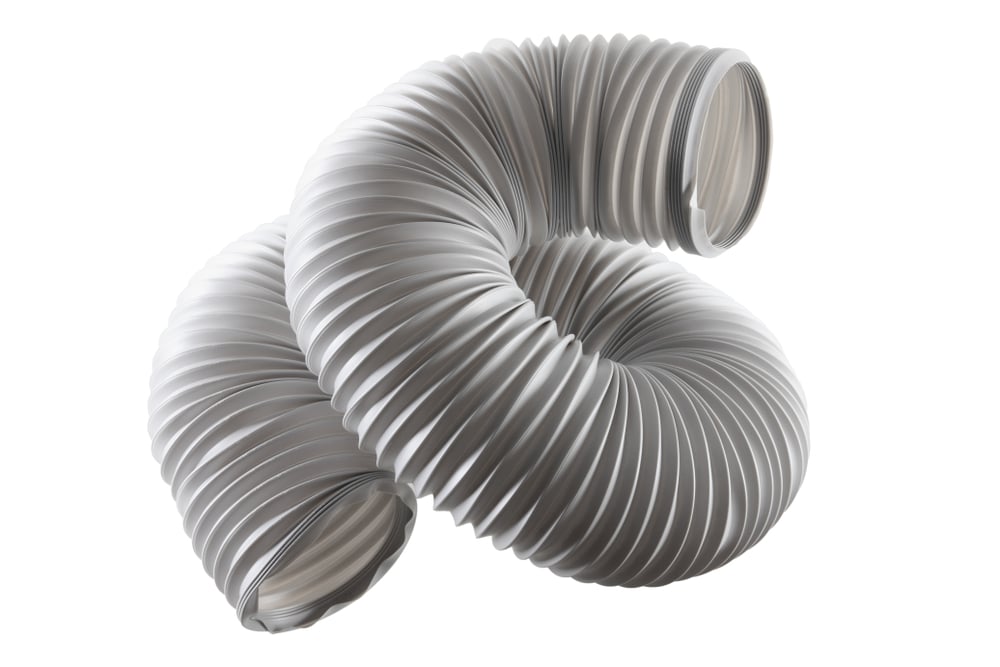
When it comes to ducting for HVAC mechanisms, flexible ducts are used as a conduit for the air to travel though. Flexible ducting is usually applied in spaces that are smaller and can’t facilitate the use of hard round ducting.
As the name suggests, flexible ducting is… Well, flexible! It can be manipulated to have multiple turns, to compensate for its area of installation. This is helpful in spaces such as houses and flats.
The most important factor to consider with flexible ducting, is installing it with as little turns as possible. This is because the more changes of direction within the ducting, the less efficient the air will move through the ducting.
Depending on where the ducting is placed, it may need support to be held as straight as possible to prevent the ducting from having unnecessary bends within it.
Flexible ducting can be used for mechanisms such as…
- MVHR systems
- Extractor fans
- Cooker hoods
Does Insulation make flexible ducting better?
Yes. Insulation makes flexible ducting more effective through a few ways including…
- It maintains a consistent temperature, which helps to prevent condensation inside the ducting.
- Adds a level of protection around the ducting that can help to prevent rips or tears.
- As a result of its benefits, it can help the ducting to last longer.
Signs your flexible ducting needs replacing
Flexible ducting presents some obvious signs that it needs replacing, these are…
- Rips in the ducting.
- Mould in the ducting.
- Condensation or moisture in the ducting.
- Rust in the ducting.
- If you are replacing the mechanism that the ducting is supporting.
- The ventilation is not efficient due to poor ducting installation.
- There are loud noises being made from the ducting when the ventilation mechanism is on. This can indicate blockages or an unbalanced airflow.
- If the ducting has smoke damage.
- If the ducting used results in the property not fulfilling ‘Part F’ of building regulations.
That being said, sometimes your ducting may just need maintenance in order to work effectively again, though this is depending on how much it has been maintained in the past. This can be seen to by ducting maintenance services.
Buying and installing flexible ducting
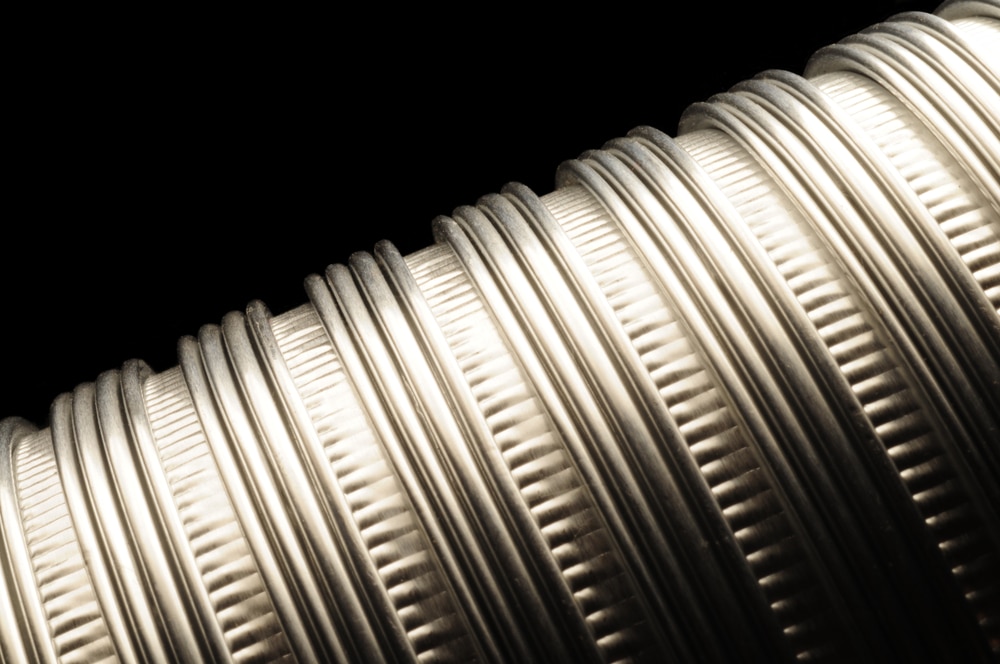
I-Sells is a provider of ventilation solutions and everything that comes with it, including ducting. We supply flexible ducting and much more.
Whether it is flexible aluminium or PVC ducting you’re searching for, we have it. Some of our options can also vary in diameter in accordance with your needs. This includes 100 mm and 102 mm in diameter. This also applies to the lengths we have available.
Installing flexible ducting
Flexible ducting or hard ducting can be installed by yourself if you so choose. However, we would only recommend this if you have previous experience in doing this, as one mistake could cause a whole host of issues.
There are many HVAC technicians that offer a variety of services to help you with your ventilation, whether it be for a business or your own home. This can include ducting installation, depending on whom you visit.
If you are struggling to understand what kind of ducting works best for you, feel free to contact us with any questions you may have.
Hard ducting
A hard duct, also known as round or rigid ducting, is essentially just a solid piece of ducting that can’t be manipulated in the same way as flexible ducting. Hard ducts are commonly found in industrial environments, but can also be used in homes and other buildings, depending on their size.
Hard ducts benefit from being more physically resilient than a flexible duct, though like a flexible duct, if it is not installed correctly, you can experience a multitude of issues within the ducting.
Like flexible ducting, when installing hard ducting, you should make sure that there is as little turns and bends within the ducting path as possible. Air travels more efficiently in straight lines, so having as much as possible works in your favour.
That being said, the benefit of hard ducting is that any bends you need to have, are solid, unlike flexible ducting.
Purchase flexible ducts today
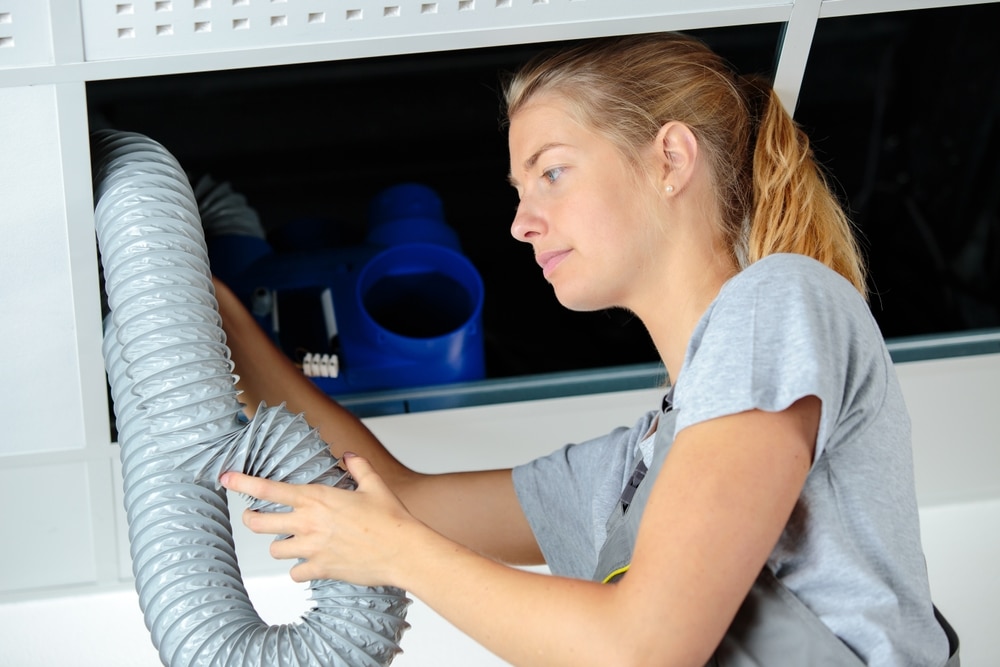
We at I-Sells endeavour to ensure our customers have all the information they require before investing in our mould solutions. Be sure to visit our blog page to learn about the vast array of factors and issues surrounding ventilation, mould, condensation, and much more.
We hope to have answered the question ‘What is flexible duct used for?’
We understand you may have more questions, do not hesitate to contact us for more information about whatever you need our help with. If you’d like to send us an email, click here. For other contact options, see below:
Call us on 020 8463 9696
Visit us at our showroom:
*OPENING TIMES*
Monday – Friday: 8:00 am to 5:30 pm
Saturday: 9:00 am to 12:00 pm
Sunday: Closed
15 St John’s Parade
Sidcup, Kent
DA14 6ES
United Kingdom

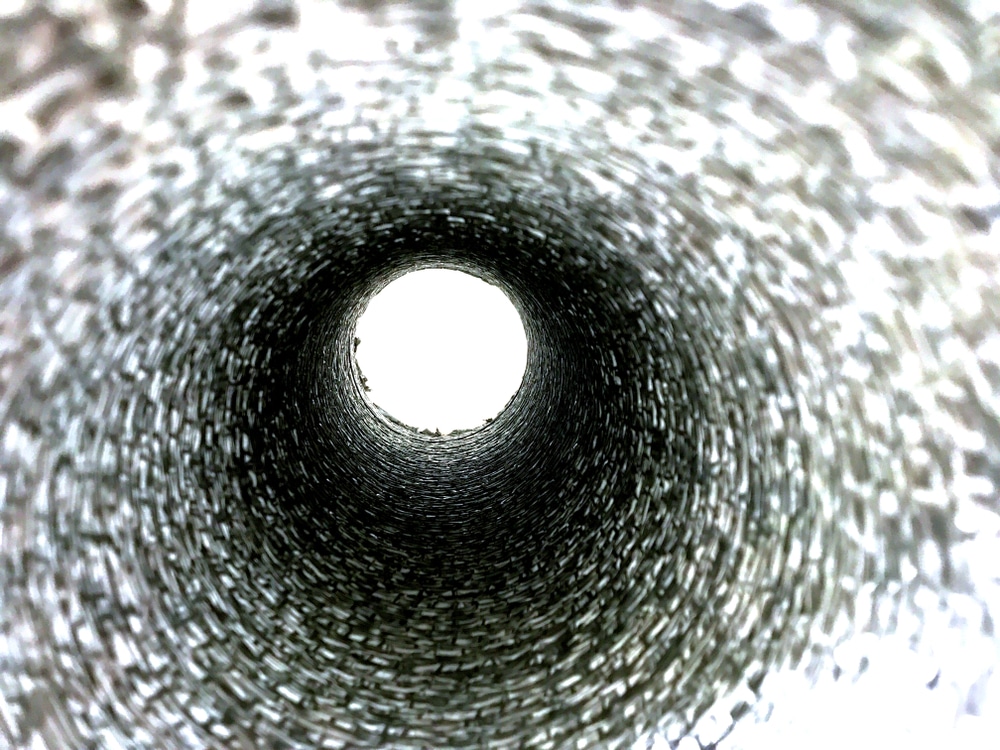


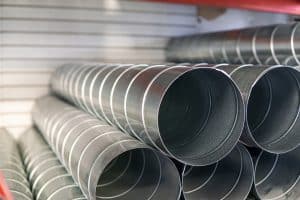
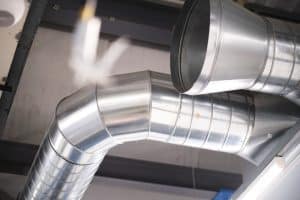

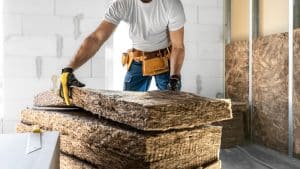





















Add comment
You must be logged in to post a comment.